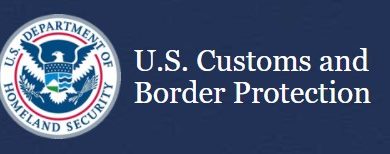BorderSens project begins to bear fruit
In recent weeks the first results of Bordersens, an EU funded project aimed at unravelling the electrochemical behaviour of certain illicit drugs and their precursors, have been made public.
These results are key for the success of BorderSens, since the ultimate research aim of BorderSens is to develop a portable, wireless single prototype device with the capability to quickly test for different types of drugs, precursors and adulterants/cutting agents, with outstanding accuracy and reduced false positives and false negatives. The research results exhibit the electrochemical fingerprints of illicit substances that will allow to build algorithms to properly identify them in cargos at border settings.
Moreover, the influence of cutting agents and adulterants in these electrochemical signals is also being evaluated, in order to avoid false negatives. These results are expected to be validated in the coming months by testing seized samples in the field or forensic scenarios
Additionally, nanoMIPs (nano molecularly imprinted polymers) that will help to improve the accuracy of the device in detecting certain drugs have been designed and synthesized.
In parallel, and from the very beginning of the project, work has been done on product development and abstract prototyping of the BorderSens device, always with the goal of achieving amarketable and user-friendly product in mind.
Europe is investing €5.5 million in the BorderSens project, that is bringing together 16 partners from 8 EU member states, coordinated by the University of Antwerp. The consortium comprises universities, border authorities, police services in ports and airports, public organisations, and companies.
Even though the COVID-19 pandemic has had an important impact in the project, with the closure of research labs and facilities, remote meetings and conferences instead of face-to-face ones, and delays of planned validation workshops, the BorderSens consortium is confident that by the end of August 2023 a first functional prototype will be available ready to enter the market, as originally planned.
Data from the European Drug Report 2020 describe an outlook very worrisome: the number and quantity of cocaine seizures are now the highest ever reported, heroin manufacturing seems to be taking place within the EU, seizures of precursors and alternative chemicals used for the production of amphetamine reached an all-time high in 2018, the production of illicit drugs is now based on a more diverse set of chemicals, and more than 50 new psychoactive substances continue to be confiscated for the first time annually.
In this context, having a hands-on plug and play scanner that will not only be one of the fastest available with a high accuracy rate, but that is designed to be hand-held, extremely robust and give a result in 45 seconds, will be of great help on the fight against drug trafficking by the Law Enforcement Agencies.




